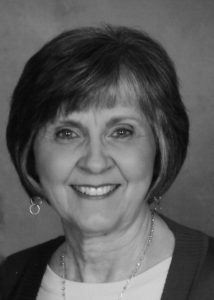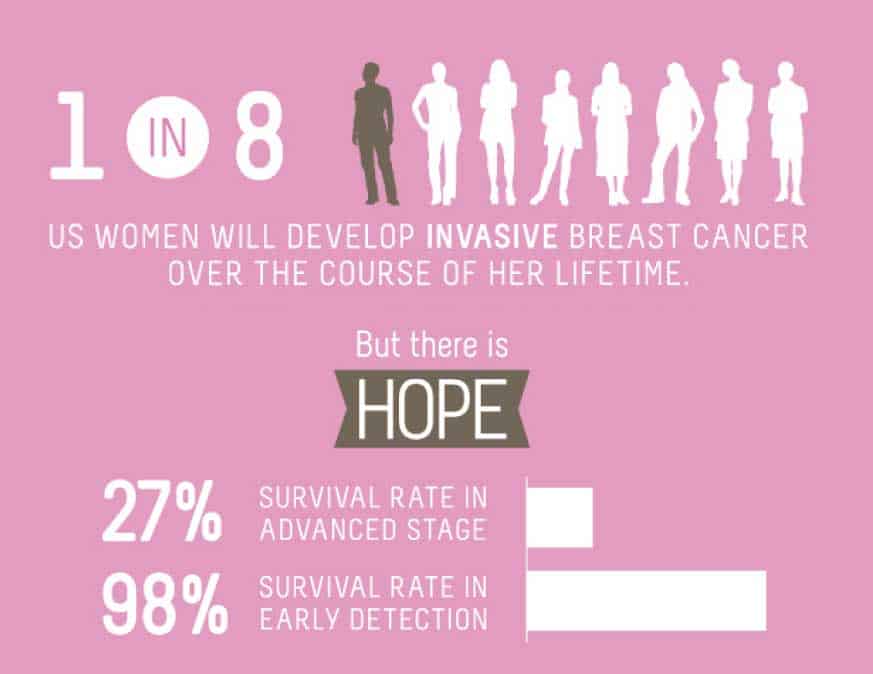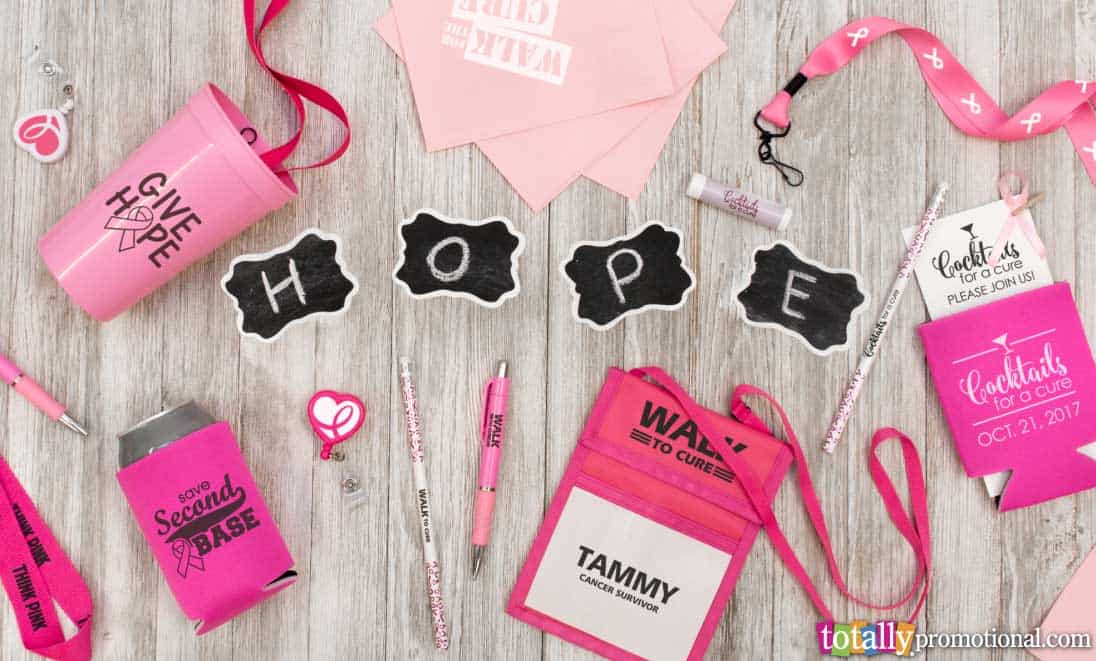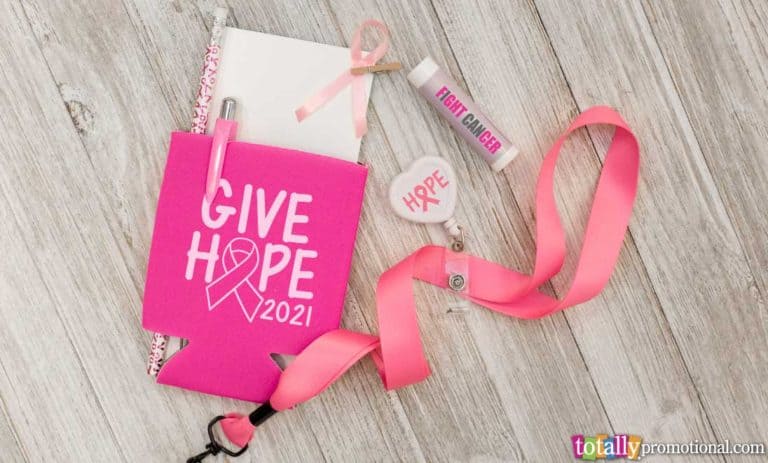I wish this was the last breast cancer article ever written.
I wish scientists would find a cure that left the topic too boring to write about. I wish we’d never again read about the symptoms that make us fear our imperfect bodies.
I make these wishes every October during National Breast Cancer Awareness Month when there’s no shortage of articles on the subject. Don’t get me wrong. I support teaching the public about this horrible disease. I just wish cancer would vanish forever.
Charlene’s story
Breast cancer is often diagnosed after a lump is found. But that wasn’t the case 14 years ago for Charlene Wenning.

“I didn’t have a lump. I didn’t have any symptoms,” said Wenning, who serves on the board of the Cancer Association of Mercer County (Ohio).
It was a routine mammogram that revealed the 51-year-old had Ductal Carcinoma in Situ. Further tests and a biopsy showed a micro-calcification cluster about 8 millimeters in size. It contained two types of cancer: slow-growing and aggressive.
Five weeks of radiation was recommended, followed by five years of hormonal therapy. No two cases are alike so treatments can be quite different from one person to another, Wenning explained.
“Treatments today are more individualized,” she said.
She noted the advancements made in cancer research since her diagnosis in 2002.
“There are so many more tests and treatment options available today,” Wenning said. “The advances are bringing new hope for women.”
She advises women to perform breast exams themselves and have regular mammograms as directed by their health care provider.
“Check with your doctor to see when and how often a mammogram is recommended for you,” she said.

Facing the facts
Breast cancer is the second most common type of cancer in women; skin cancer is first. About 12 percent of women in the U.S. will be diagnosed with it during their lifetime, according to The James, The Ohio State University Comprehensive Cancer Center.
Those numbers make my heart race. That 12 percent could include my daughter, someone else I love or me.
Breast cancer begins when cells in the breast start to grow out of control. Those cells usually form a tumor that often is detected by an X-ray or felt as a lump. Not all lumps are cancerous.
Read here for more facts about breast cancer in the United States.
Symptoms of breast cancer
- Feeling a lump in the breast or underarm area. A painless, hard mass with irregular edges is more likely to be cancerous.
- Swelling in the breast area
- Skin irritation or dimpling (unusual formation of the skin)
- Pain in the breast or nipples
- Nipples turning inward
- Redness, scaliness or thickening of the breast skin or nipples
- Nipple discharge not related to breast milk
 Know your body
Know your body
Be vigilant. You know more about how your breasts normally look and feel than anyone. Read through the 5 steps of a breast self-exam. Talk to your healthcare provider immediately if something doesn’t seem right. The earlier breast cancer is detected, the better your outcome.
Regular mammograms and other screenings are more than important. They save lives. They could save your life. These procedures can detect breast cancer in its earliest stages before symptoms appear.
Breast cancer is much more common in women, but men can also get it.
Help yourself
- Women between 40-49 years old should talk to their doctor about when to begin mammogram screenings and how often to get them.
- Women ages 50 -74 should have a mammogram every two years or more frequently if they are at risk.
- Be active, don’t become overweight, eat a low-fat diet and go light on the booze. Regular alcohol consumption has been linked to breast cancer.
Take steps now
Earlier this year I mourned the death of a dear sister-in-law who was diagnosed with breast cancer two years ago. I wish I could have changed the outcome for her and the beautiful daughter she left behind.
Wishing won’t wipe this ugly cancer out of our lives, but taking precautions can. Take a moment in the shower to check your breasts for abnormalities. If you’re over 40, regularly schedule mammograms.
Let’s do what we can to stop this awful disease and make our wishes come true.
 Totally Promotional supports breast cancer awareness efforts by creating designs that can be imprinted on products for fundraisers and related events.
Totally Promotional supports breast cancer awareness efforts by creating designs that can be imprinted on products for fundraisers and related events. Let us know how our staff can help you with fundraising projects. We’d be happy to help you bring your ideas to life!
Let us know how our staff can help you with fundraising projects. We’d be happy to help you bring your ideas to life!



1 Comment
Thank you for this. Your recommendations and insights on how to prevent us from breast cancer surely will be a great help to everyone.